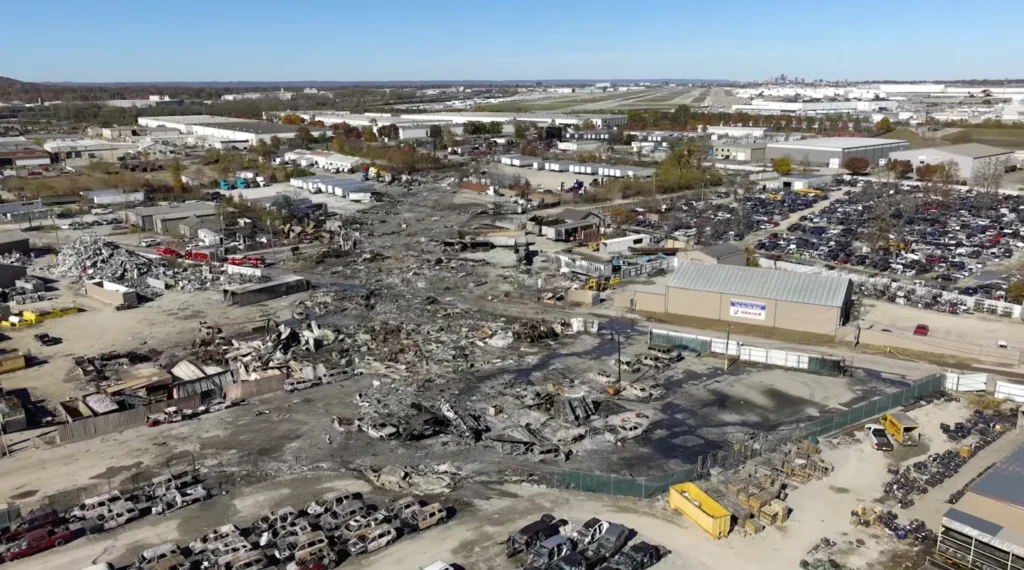TSA May Ease Liquid Limits, Signaling New Era in US Air Travel

TSA Considers Easing Liquid Limits and Shoe Rules, Marking Major Shift in US Air Travel Security
U.S. travelers may soon see major changes at airport checkpoints, as Homeland Security Secretary Kristi Noem hinted this week that long-standing restrictions on liquids could be eased. This follows a recent policy shift that allows travelers to keep their shoes on during screening, marking what could be a dramatic change in how Americans experience air travel security.
“The liquids, I’m questioning. So that may be the next big announcement,” Noem said at a conference in Washington.
3-1-1 Rule Could Be History
Since 2006, TSA’s “3-1-1 rule” has limited passengers to 3.4-ounce containers of liquids in a single quart-size bag. The regulation followed a foiled terror plot using liquid explosives and has defined air travel for nearly two decades. But with technological advancements and evolving threats, DHS may now be ready to relax those limits.
Former TSA officials say clarity will be essential. Keith Jeffries, ex-director at LAX, recalled the chaos when the rule was first implemented:
“I saw shoes in barrels. When I asked why, a staffer said there was gel in the soles.”
More Than Just Convenience
Experts say the changes are about more than passenger comfort. Henry Harteveldt, a travel analyst, notes that long lines before security checkpoints are among the most vulnerable areas of airports.
“Even if shoe removal doesn’t save much time per person, it adds up across millions of passengers,” Harteveldt said.
If the liquid rule is also eased, the TSA could significantly reduce screening bottlenecks. However, questions remain:
-
Will the liquid limit be eliminated entirely?
-
Will travelers be allowed more than one toiletry bag?
-
Will full-size bottles finally be permitted?
Technology Still a Limiting Factor
Despite the optimism, aviation security experts caution that many U.S. airports still lack the advanced CT scanners needed to safely identify liquid explosives.
“We’re not there yet,” said Jeffrey Price, professor of aviation at Metropolitan State University of Denver. “Full rollout could take another decade.”
These scanners can distinguish between harmless items and threats, but widespread implementation is slow.
TSA PreCheck Could Be Impacted
If security perks like keeping shoes on and carrying larger liquids become standard for all travelers, will TSA PreCheck enrollment drop? Jeffries says it’s a critical question for the agency to watch in the next 12 to 18 months.
Currently, PreCheck offers faster lanes and fewer restrictions for pre-screened passengers—but its value could decrease if regular travelers gain the same benefits.
Travelers Hope for Simplicity, Experts Call for Caution
With 2.8 million people flying daily in the U.S., any simplification would be welcomed. But confusion could arise if new rules only apply to select airports equipped with the right scanners. As Harteveldt warns:
“The devil is in the details. The rollout must be crystal clear to avoid chaos.”
If implemented safely, these changes may mark a new chapter in U.S. air travel—one that balances modern security with a better passenger experience.
Source: AP News
: 181







